
The war in Ukraine, 1 year on
February 24, 2023 marks the first anniversary of Russia’s invasion of Ukraine, a conflict that has laid Ukrainian cities to rubble and cost tens of thousands of lives. Russia, unbowed by a series of military setbacks, is preparing for what Ukraine and its allies expect to be a major offensive in the east as spring approaches. Ukraine, which is defending itself with the help of extensive Western military aid, is desperate for more weapons.
Major developments by month


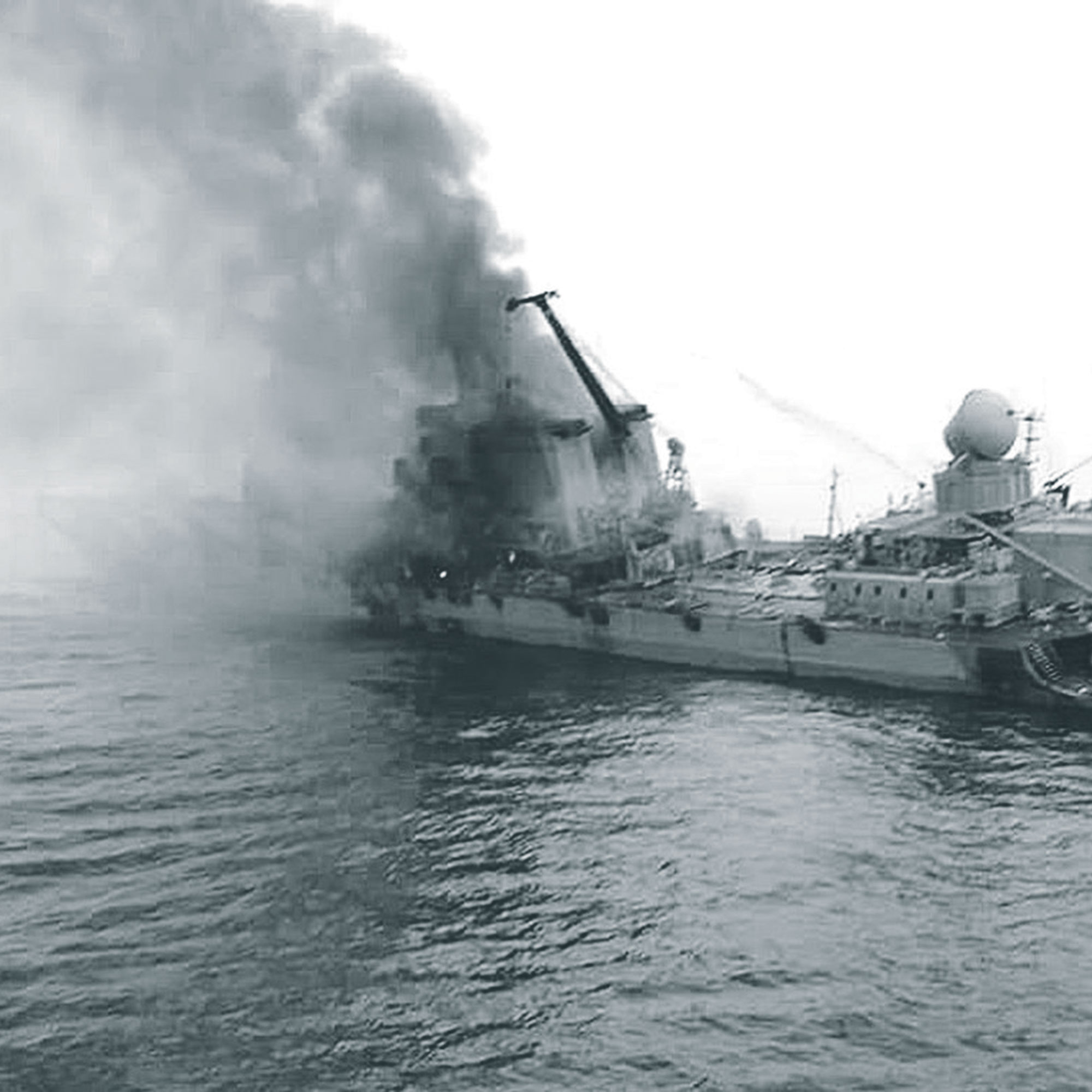

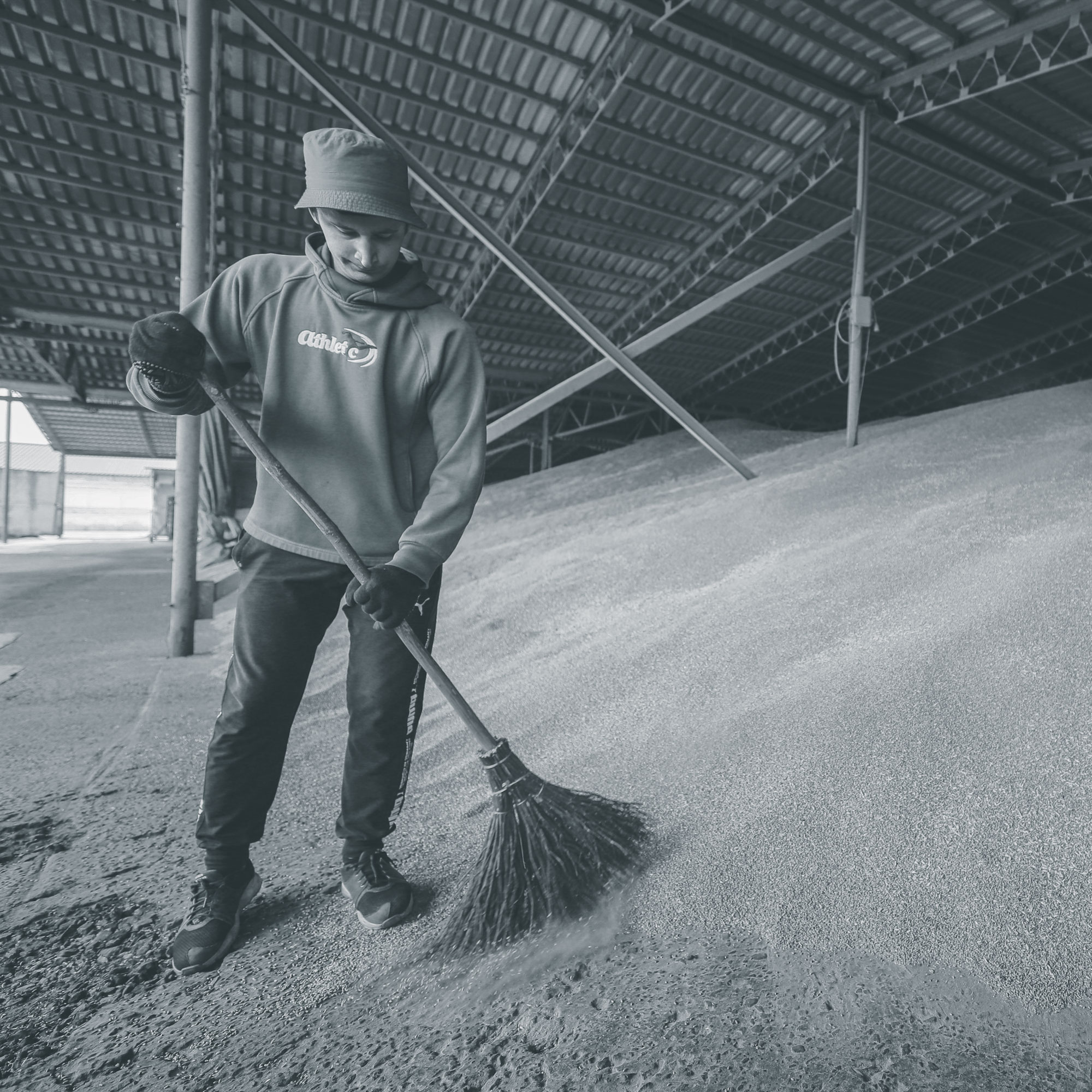

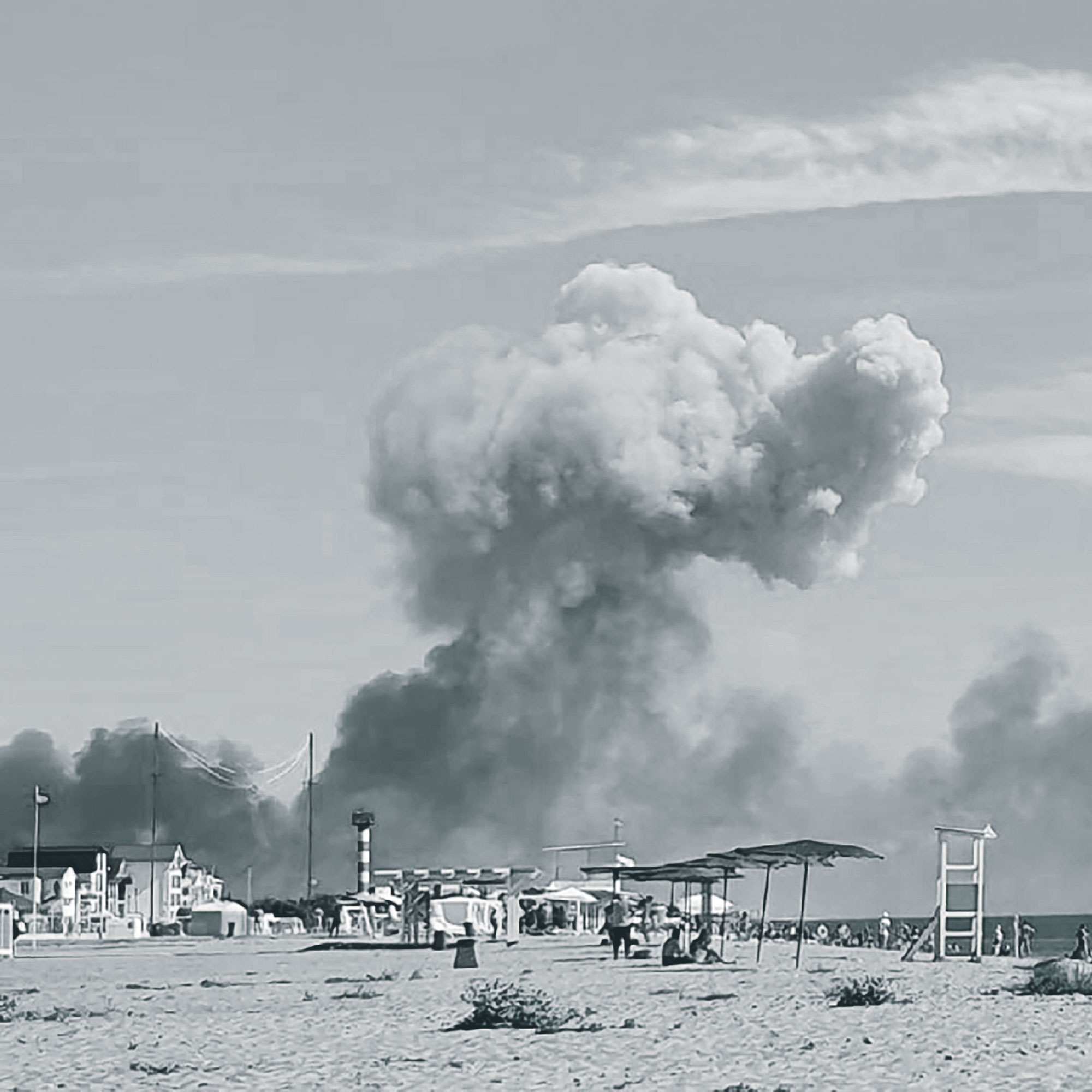





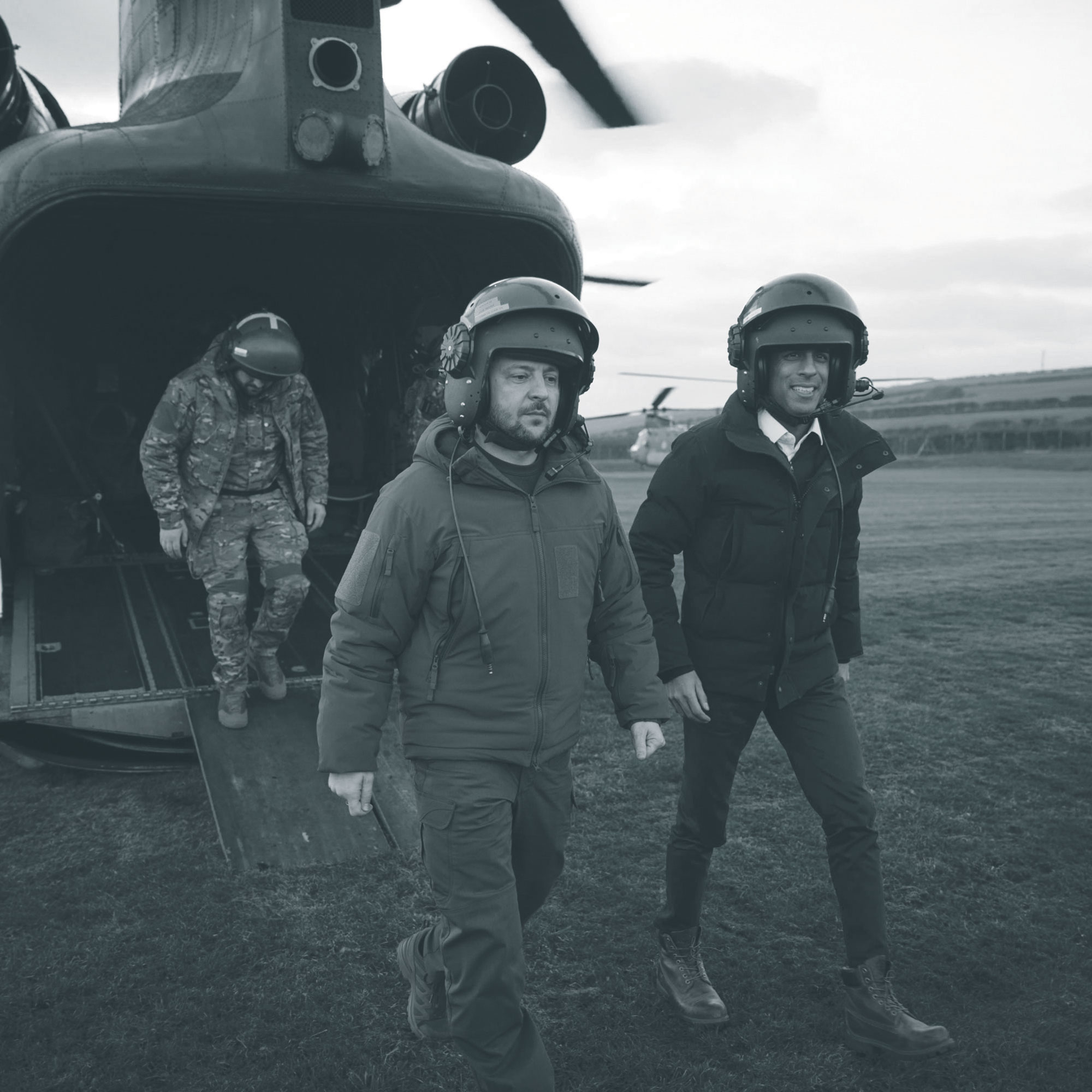
Civilian casualties in Ukraine
Data collected by the Office of the UN High Commissioner for Human Rights (February 24, 2022 to February 12, 2023).
The war in maps
In Ukraine, homes and infrastructure are destroyed. Many people find themselves without accommodation and unable to meet their basic needs. The conflict forces millions of people to leave their homes in search of safety.
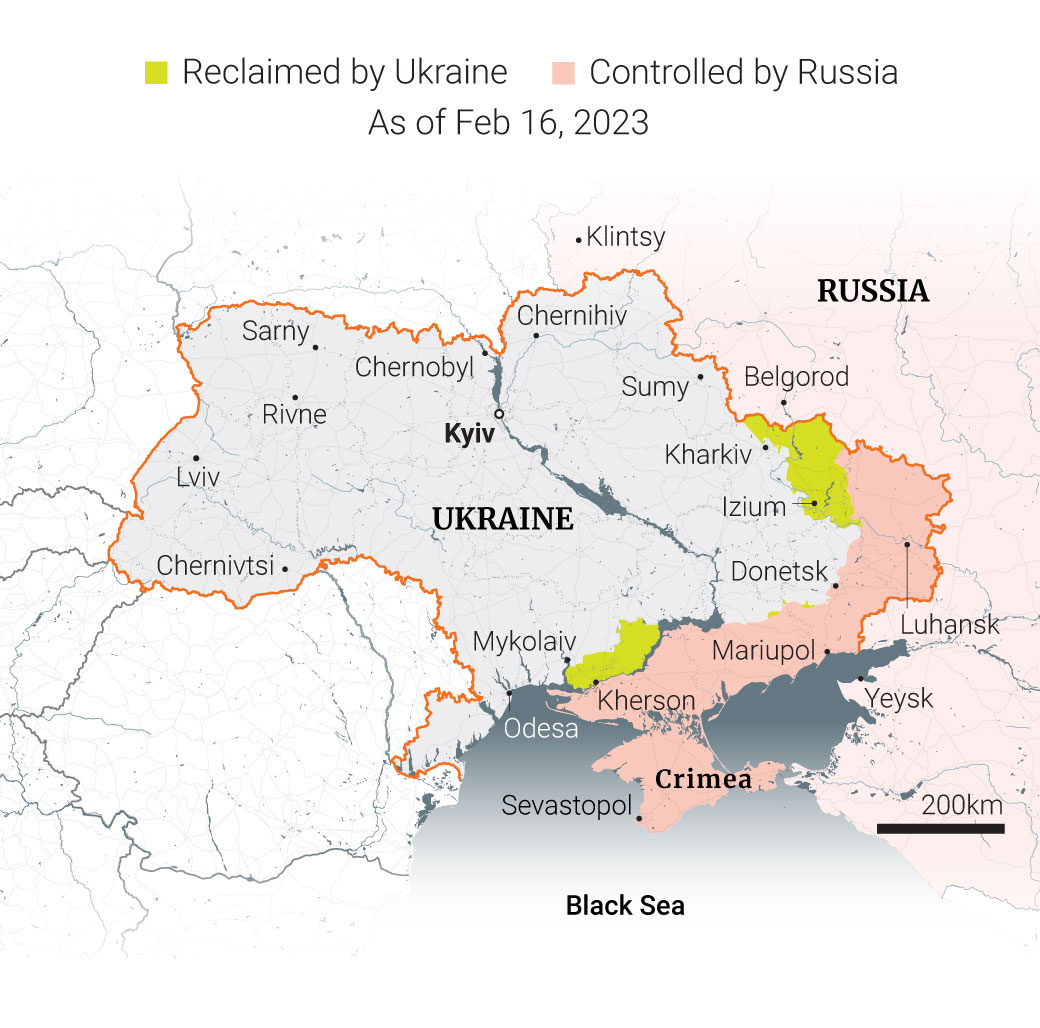
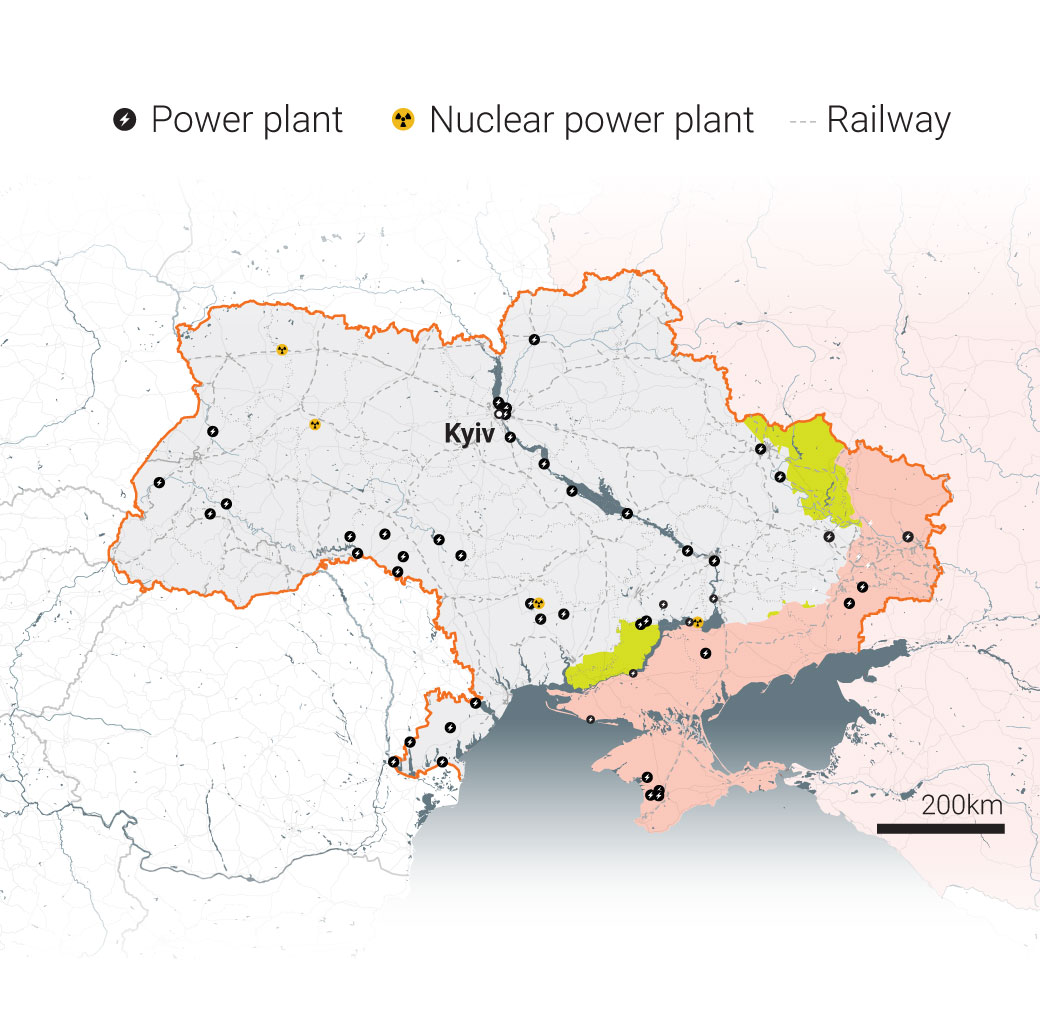

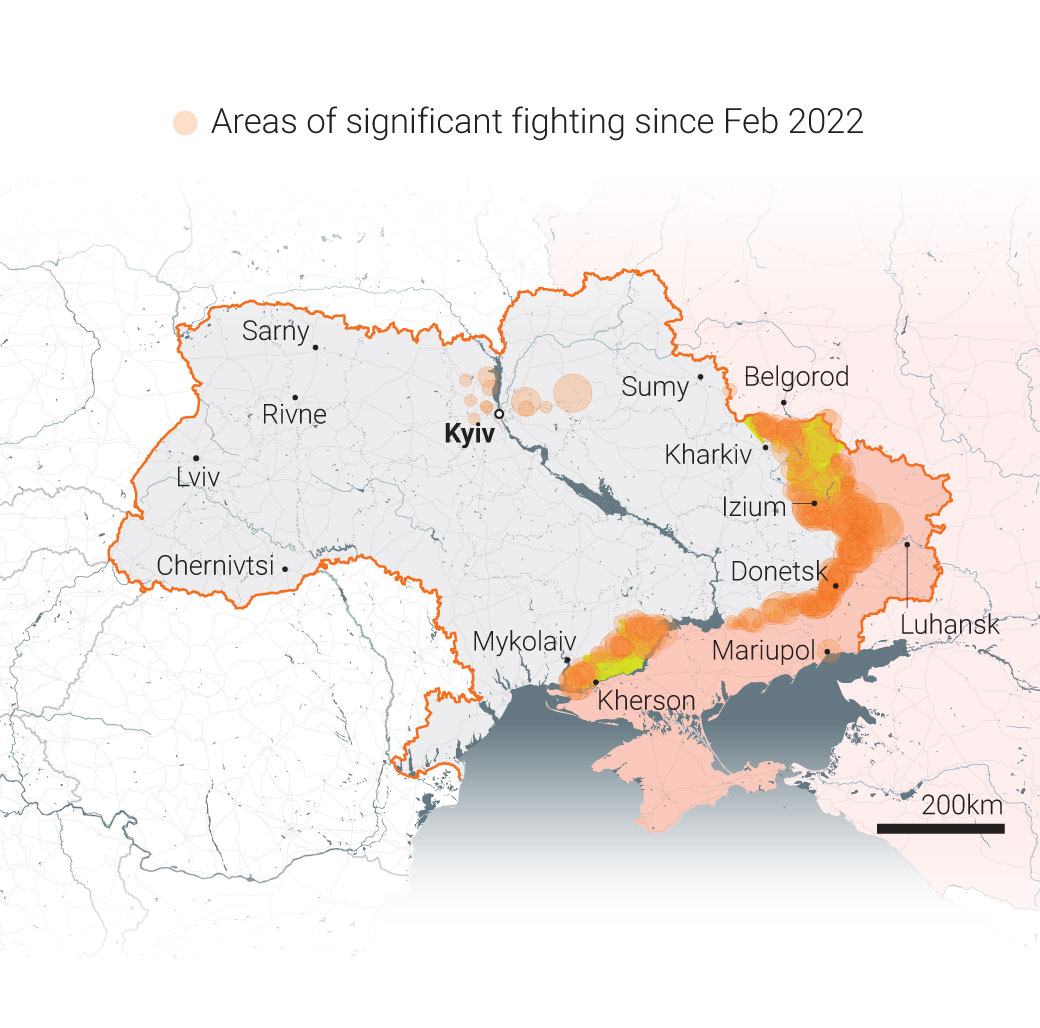
Attacks cause significant damage, reducing up to 50 per cent of power generation capacity and causing large-scale blackouts.
Commodity prices surge
The supply of grain in the world market is limited, and Russia reduces gas and oil exports, resulting in an increase in prices.
Associate Creative Director Marcelo Duhalde
Edited by Andrew London
Sources: Institution of Study of War, World Resources Institute, IMF, United Nations
View the print version here